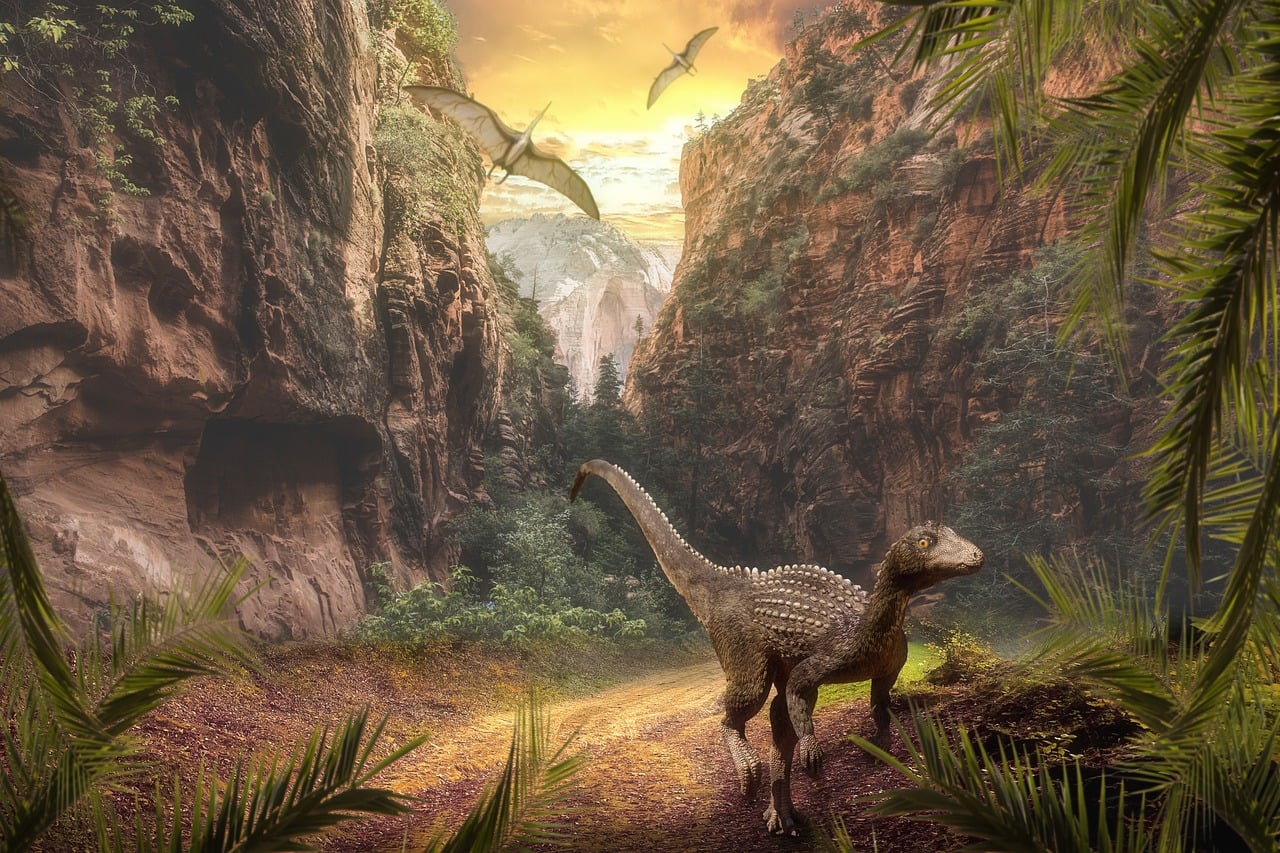Researchers say dinosaur fossils found in Australia have brought them some interesting new findings about the continent. Paleontologists believe their findings suggest the Australian continent hosted small herbivorous dinosaurs instead of wallabies and kangaroos 125 million years ago.
They unearthed five fossilized dinosaur jaws in the Australian state of Victoria. The dinosaur fossils weren’t as large as those of carnivorous dinosaurs from Europe and Americas. Instead, the researchers believe the dinosaurs the fossils came from were about the size a modern-day wallaby. Wallabies are a diminutive animal group which includes kangaroos and other animals spread across Australia. They can grow as tall as 3.2 feet.
The researchers who studied the dinosaur fossils found in Australia named the new species Galleonosaurus dorisae after the shape of the creature’s upper jaw, which looks like an overturned galleon ship. The name also honors paleontologist Doris Seegets-Villiers, who studied fossils in the same region. The researchers published their findings in the Journal of Paleontology.
Scientists add the new species discovered from the dinosaur fossils found in Australia to a large dinosaur family called ornithopods, in which iguanodons are also included. However, the new species would definitely be more agile than other members of the family, according to researchers.
“These small dinosaurs would have been agile runners on their powerful hind legs,” lead author and postdoctoral fellow Matthew Herne of the University of New England in New South Wales said in a statement.
The jaws vary in size from those of younger specimens to more mature. They were found in the same area as other small ornithopods. Based on this discovery, the researchers believe the dinosaurs thrived in the wooded floodplain of the rift valley between Antarctica and Australia, which they believe existed millions of years ago.
The place where the dinosaur fossils were found in Australia suggests the animals were buried in volcanic sediments carried into the Australian-Antarctic rift valley by an ancient network of rivers which then formed formed sedimentary basins. Herne also found another small ornithopod called Diluvicursor pirckeringi in the same area in 2018. However, Gallenosaurus is estimated to be 12 million years older. Scientists say this discovery is important because it also helps them understand the evolution of dinosaurs in the rift valley, which they believe happened over millions of years.
“This land has now vanished, but as ‘time-travellers’ we get snapshots of this remarkable world via the rocks and fossils exposed along the coast of Victoria,” Herne explained. “These techniques are helping us to delve deeper into the mysterious world of dinosaur ecology–what they ate, how they moved and how they coexisted–and their evolutionary relationships with dinosaurs from other continents.”





